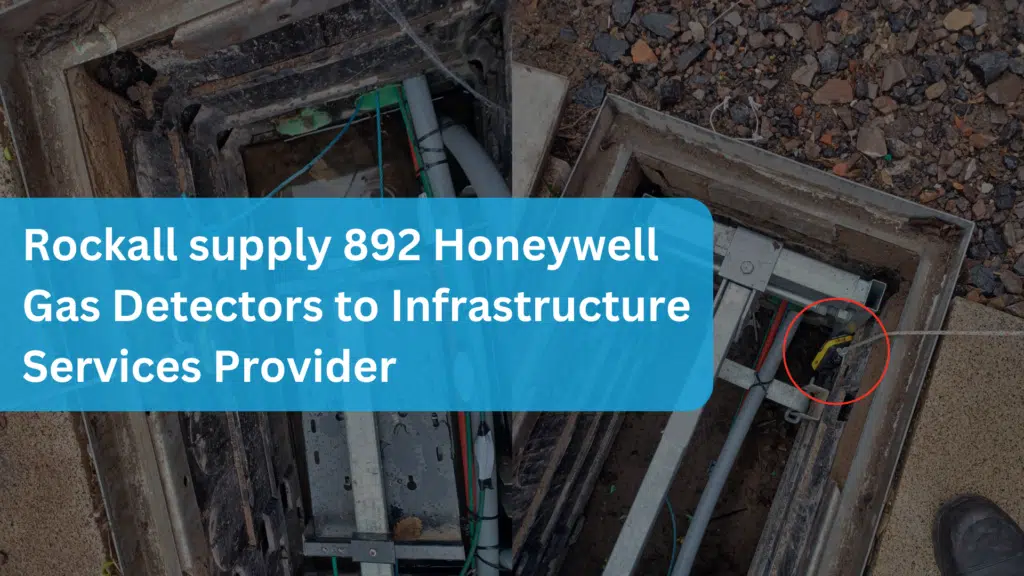Methane Gas Detectors: How Do They Work?
Methane gas detectors play a crucial role in ensuring safety across various industries and environments. These devices are designed to detect the presence of methane, a colourless, odourless, and highly flammable gas that can pose significant risks if left undetected. Understanding how these detectors function is essential for anyone working in or around areas where methane may be present.
The Basics of Methane Detection
At its core, a methane gas detector is a device that measures the concentration of methane in the surrounding air. These detectors typically use one of two main technologies: catalytic bead sensors or infrared sensors. Each type has its own advantages and is suited for different applications.
Catalytic Bead Sensors
Catalytic bead sensors, the older of the two technologies, operate on a simple yet effective principle. These sensors consist of two filaments made of platinum wire coated with a palladium-based catalyst. One filament serves as the active element, while the other acts as a reference. When methane is present, it reacts with the catalyst on the active filament, causing a change in electrical resistance. This change is proportional to the amount of methane detected, allowing the sensor to measure the gas concentration accurately.
While catalytic bead sensors are less expensive, they do have some drawbacks. They can be poisoned by certain compounds like silicone, lead, sulphur, and halogenated substances, which can affect their accuracy over time. Additionally, they require regular calibration and more frequent replacement compared to their infrared counterparts.
Infrared Sensors
Infrared (IR) sensors have become the dominant technology for methane detection in fixed gas detection system. These sensors work by emitting infrared light at specific wavelengths that methane absorbs. The sensor then measures how much of this light is absorbed, which correlates directly to the concentration of methane present.
One significant advantage of IR sensors is that they don’t require oxygen to function, making them suitable for use in environments with high methane concentrations, such as natural gas pipelines or biogas applications. They’re also less prone to poisoning and require less frequent calibration, making them more reliable and cost-effective in the long run.
Portable vs. Fixed Detectors
Methane Gas Detectors: How Do They Work? They come in portable and fixed varieties, each serving different purposes. Portable detectors are handheld devices that workers can carry with them into confined spaces or areas where methane levels may fluctuate. These devices provide real-time data and often include alarms to alert users of dangerous gas levels.
Fixed detectors, on the other hand, are permanently installed in areas where methane is likely to accumulate. These systems can cover large areas and are often integrated into a facility’s safety infrastructure, providing continuous monitoring and alerting personnel to potential dangers.
Advanced Features
Modern methane detectors incorporate several advanced features to enhance their effectiveness and usability. Many systems now include both audible and visual alarms to ensure that warnings are noticed in various environments. Some detectors also utilize wireless technology, allowing them to transmit real-time data to centralized monitoring systems or even to off-site locations for remote monitoring.
Applications Across Industries
Methane gas detectors find applications in a wide range of industries and settings. In the oil and gas sector, they’re used to monitor pipelines, wellheads, and processing facilities. The mining industry relies on these detectors to prevent explosions in coal mines. Wastewater treatment plants use them to monitor methane produced during the treatment process.
In residential and commercial settings, methane detectors are crucial for detecting natural gas leaks from stoves, water heaters, and other gas-powered appliances. They’re also used in parking garages and other enclosed spaces where vehicle emissions can accumulate.
The Importance of Regular Maintenance
To ensure the continued accuracy and reliability of methane gas detectors, regular maintenance is essential. This includes routine calibration, testing with known concentrations of methane, and replacing sensors as needed. Many modern detectors include self-diagnostic features that can alert users to potential issues, but regular professional maintenance is still crucial for optimal performance.
Conclusion
Methane gas detectors are indispensable tools in our modern world, protecting lives and property across numerous industries. By understanding how these devices work, we can better appreciate their importance and ensure they’re used effectively. As technology continues to advance, we can expect even more sophisticated and reliable methane detection systems in the future, further enhancing our ability to work safely in potentially hazardous environments.
While this article has focused on methane detectors, it’s worth noting that many of these principles apply to the detection of other gases as well. The field of gas detection is vast and continually evolving, with new technologies and applications emerging regularly. As we continue to rely on these devices for our safety, ongoing education and training in their use and maintenance will remain crucial for all those working in environments where gas detection is necessary.






